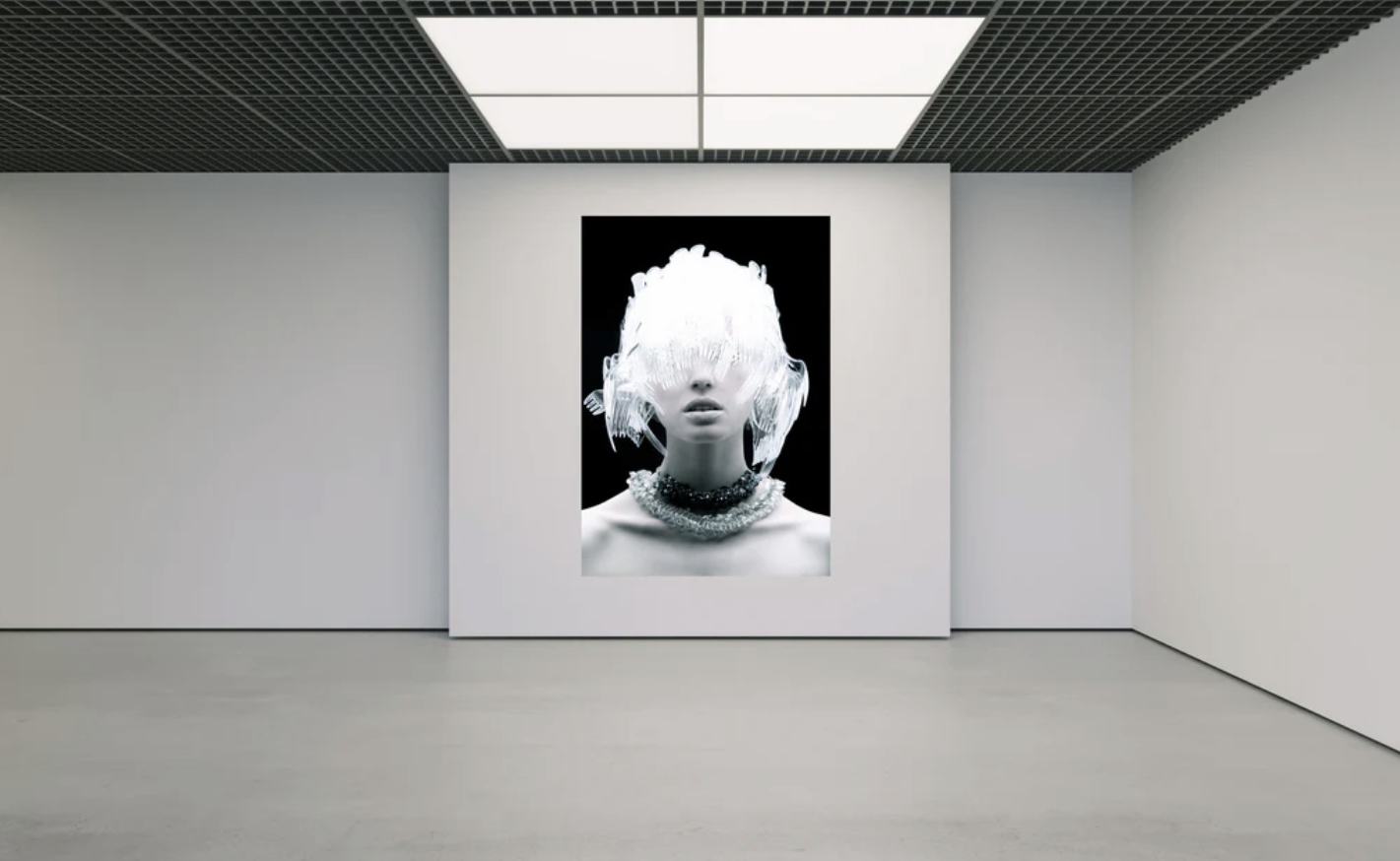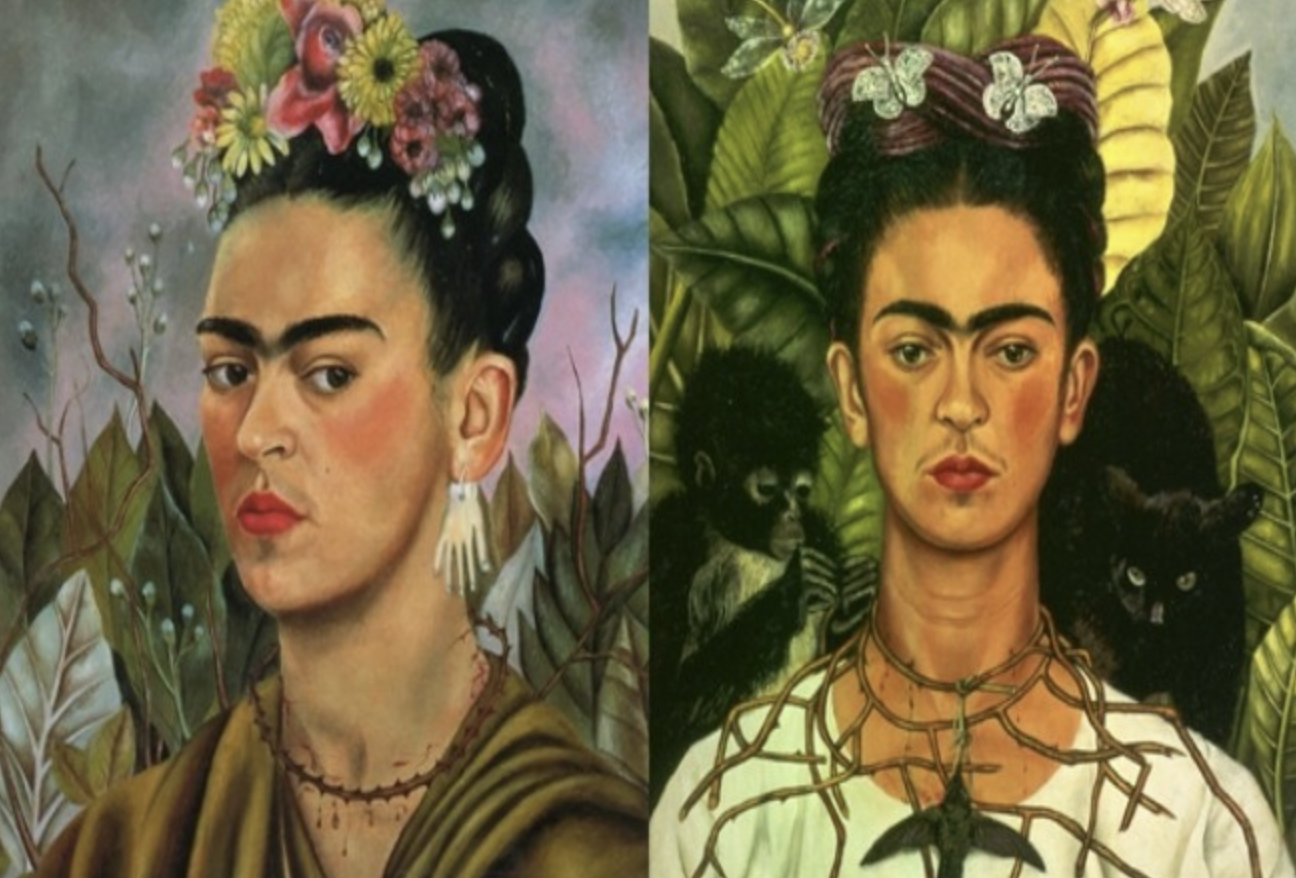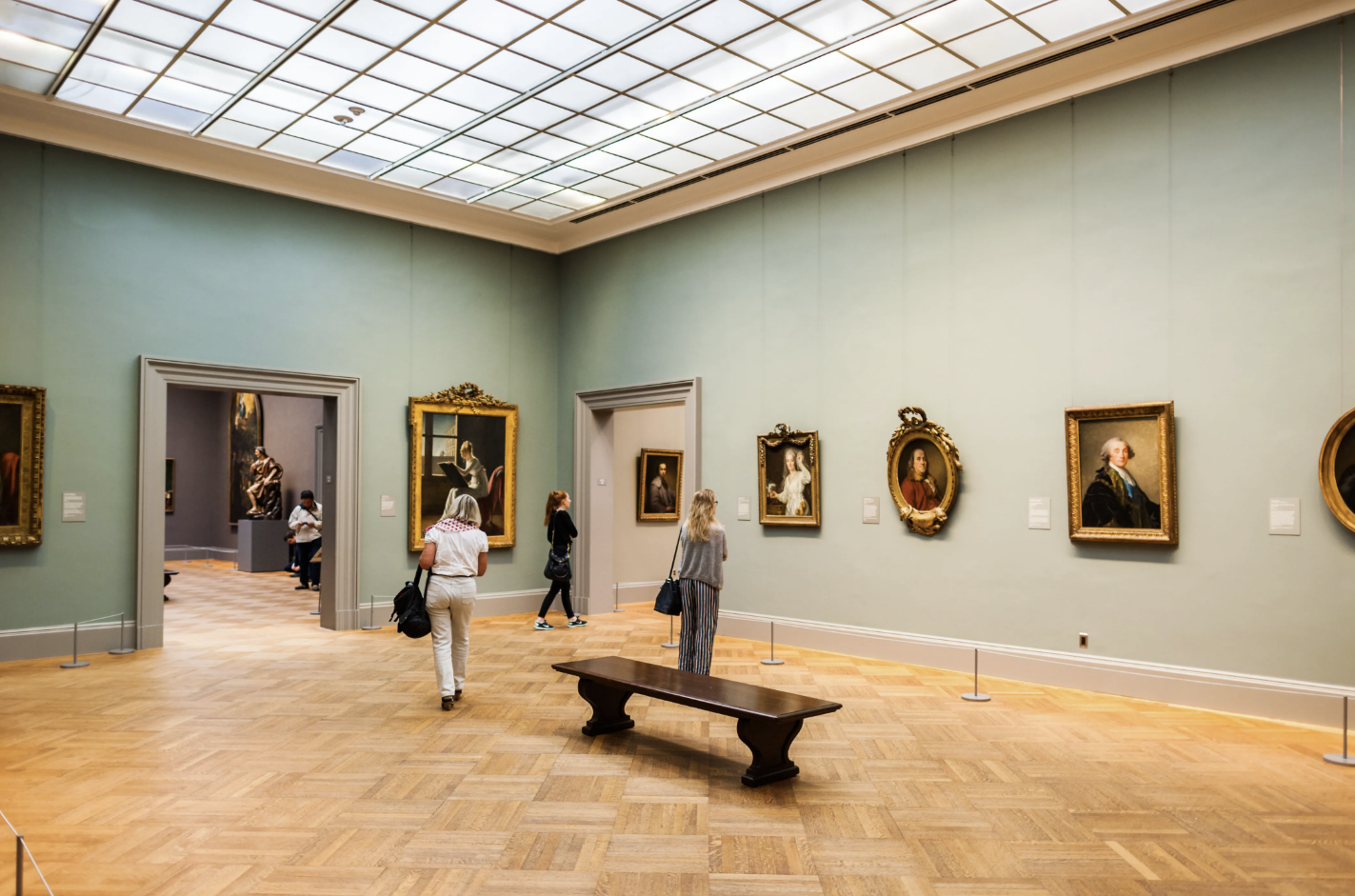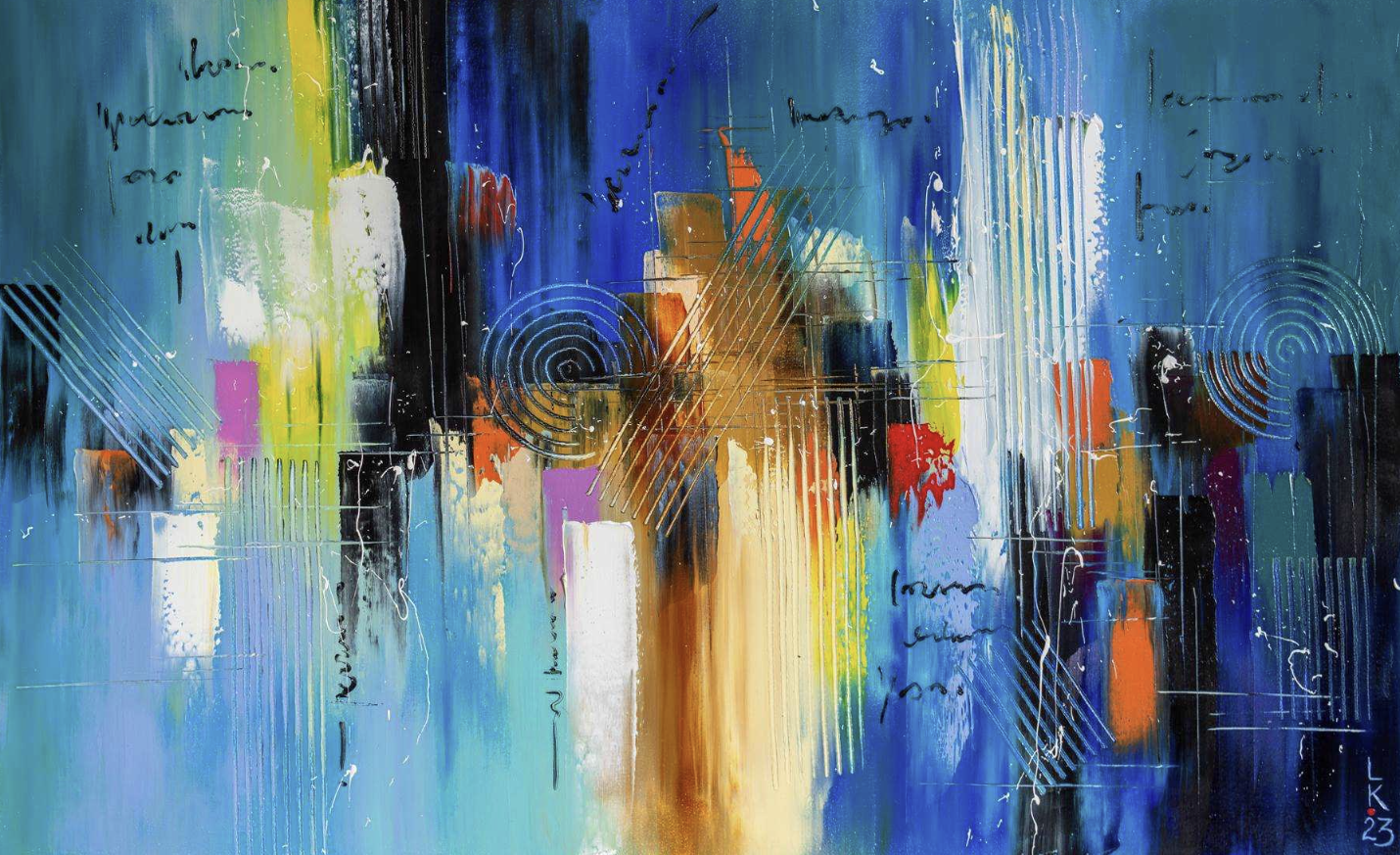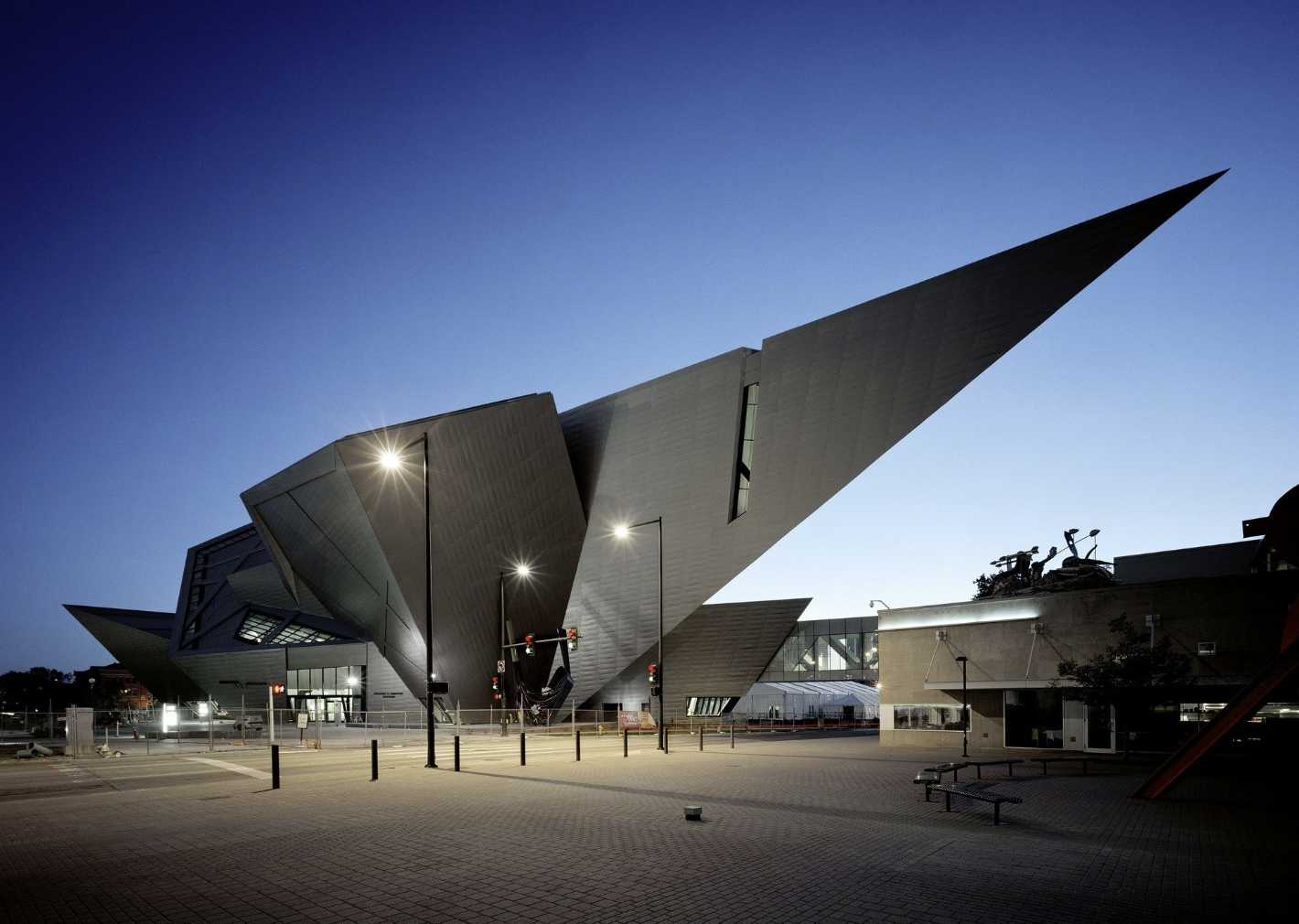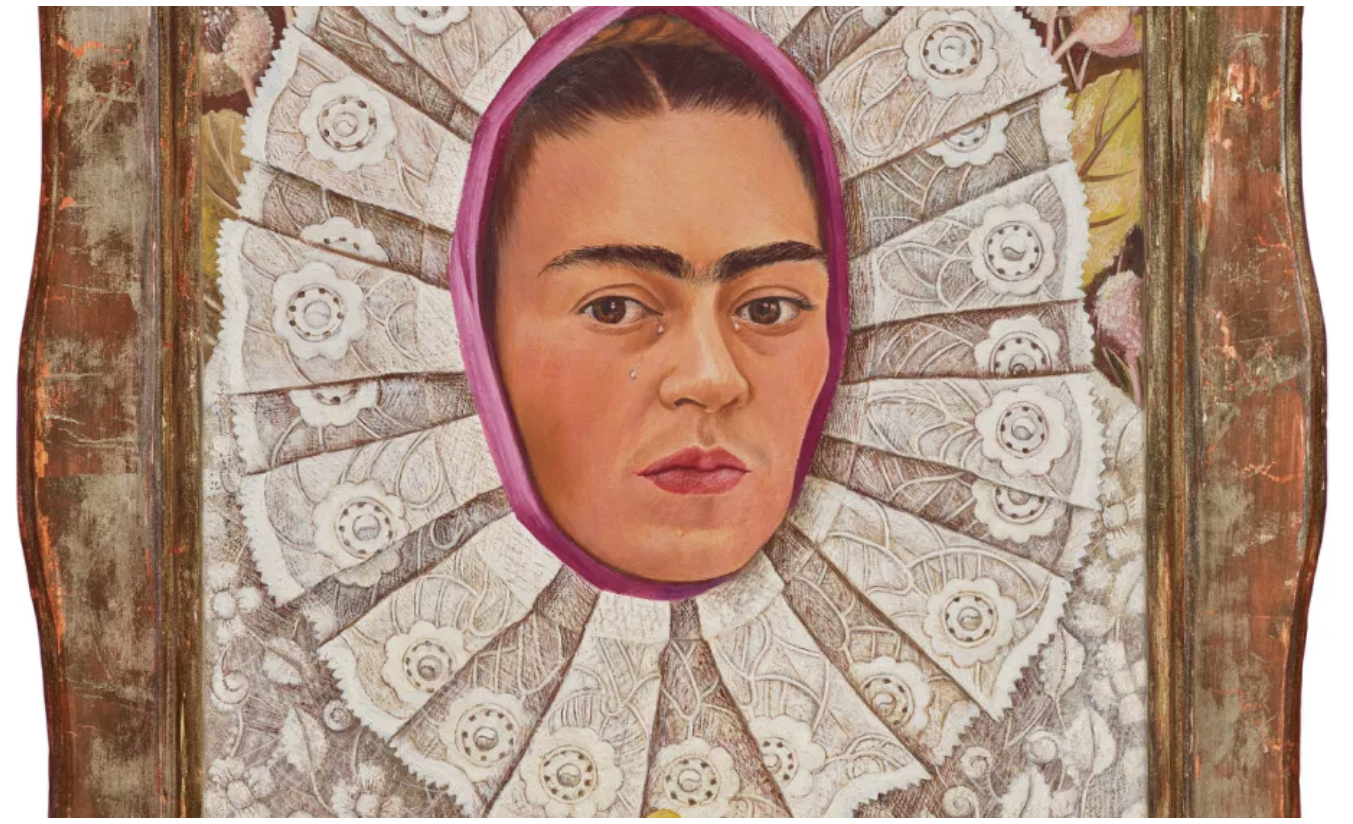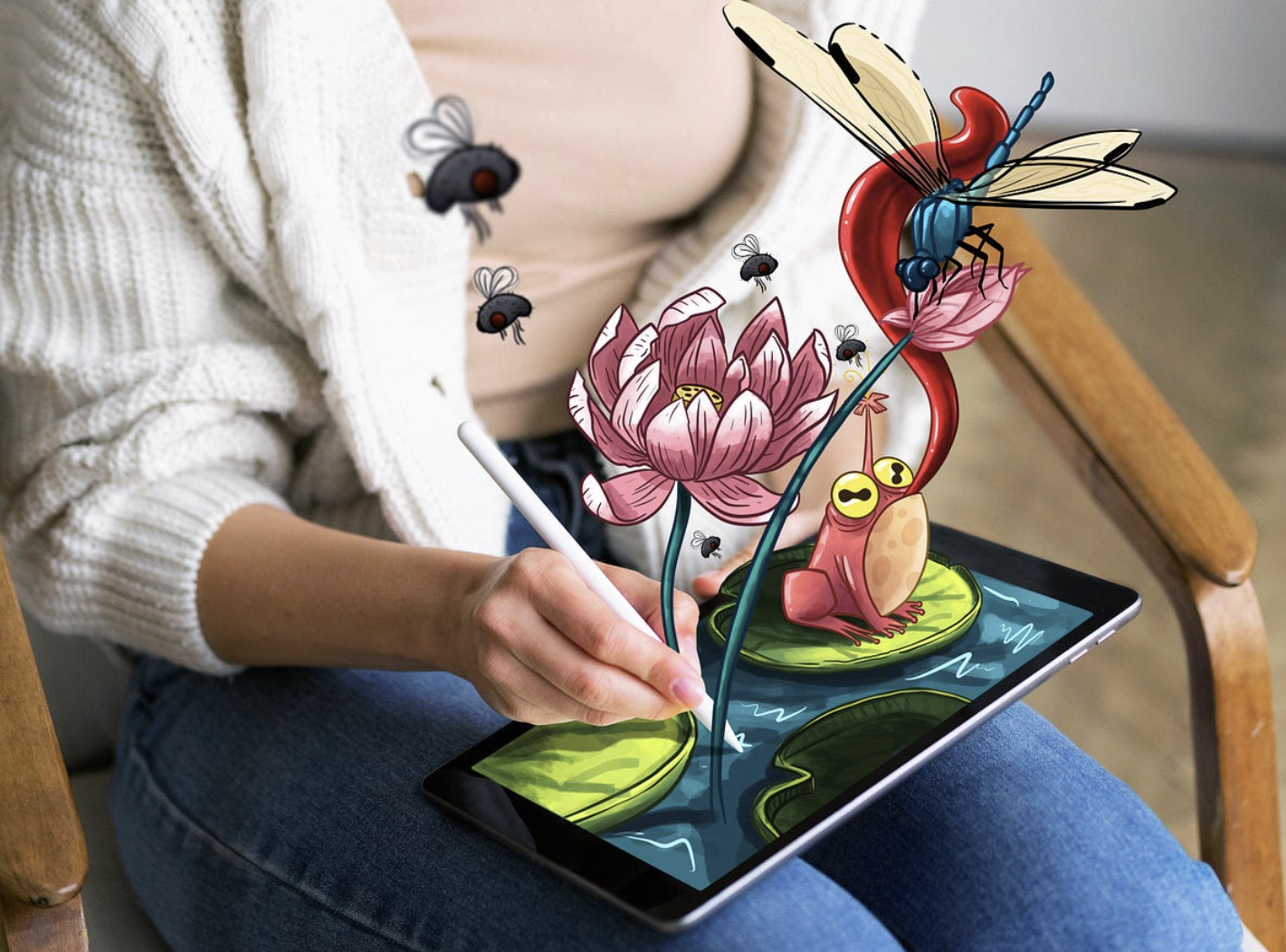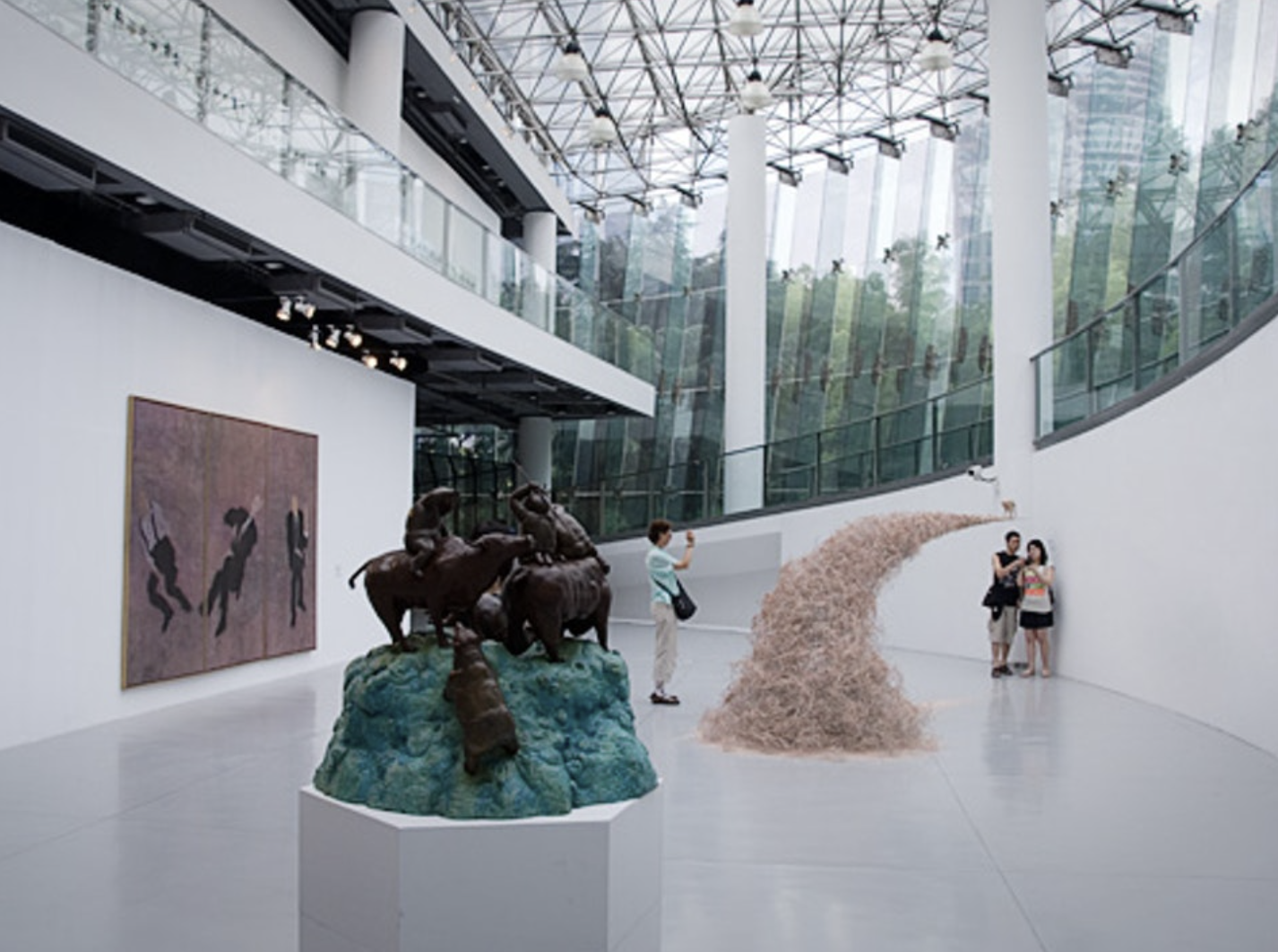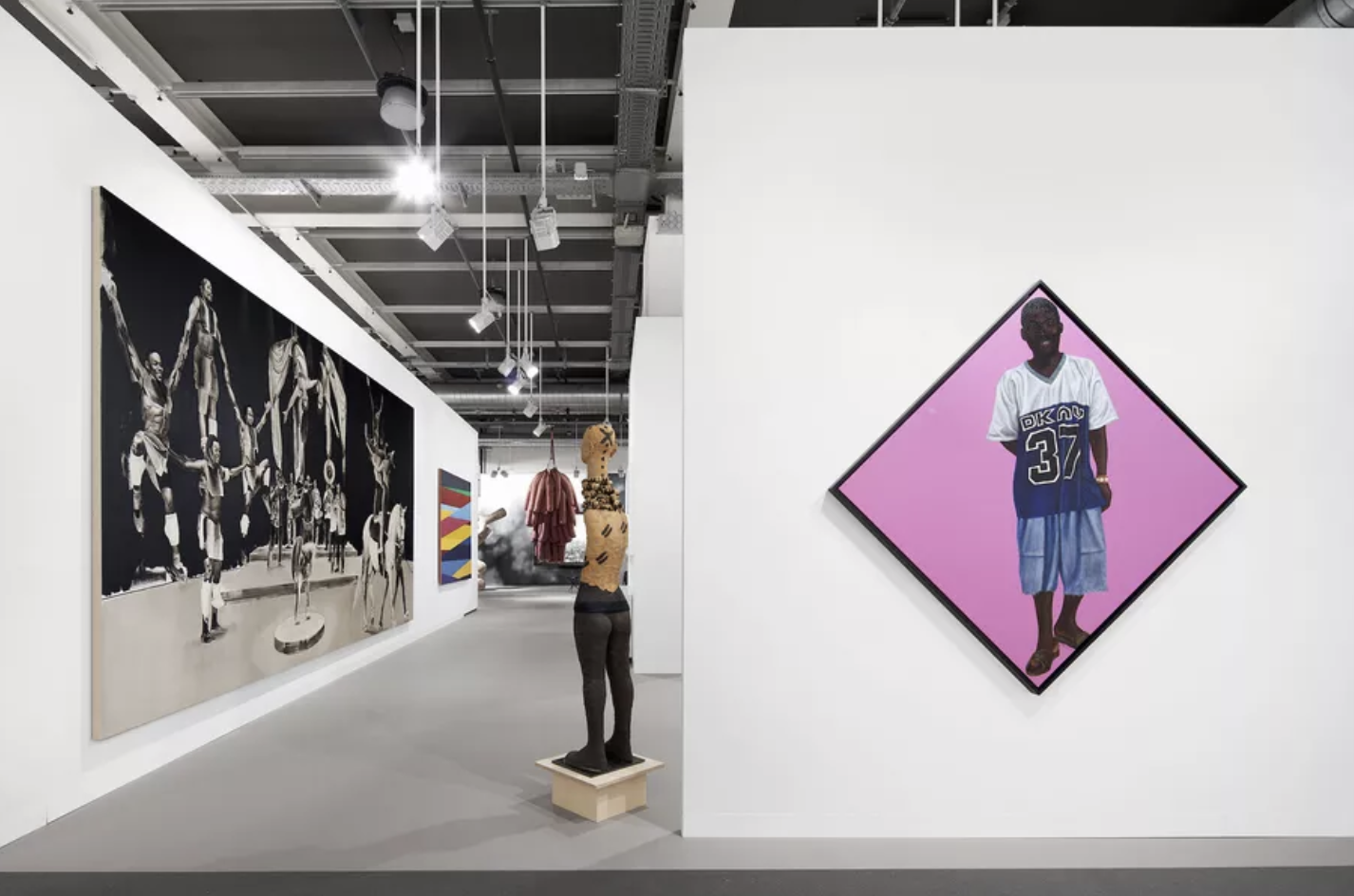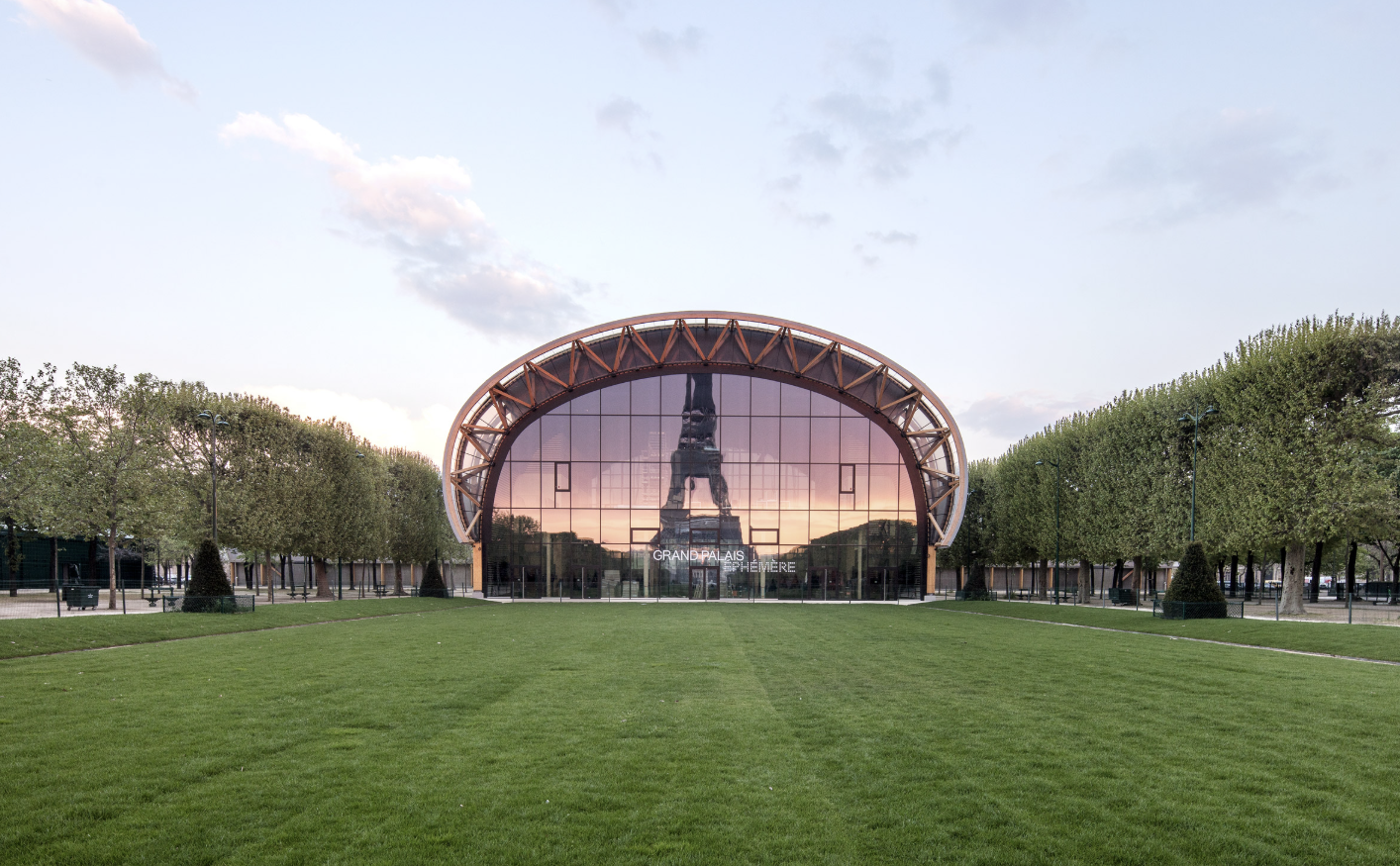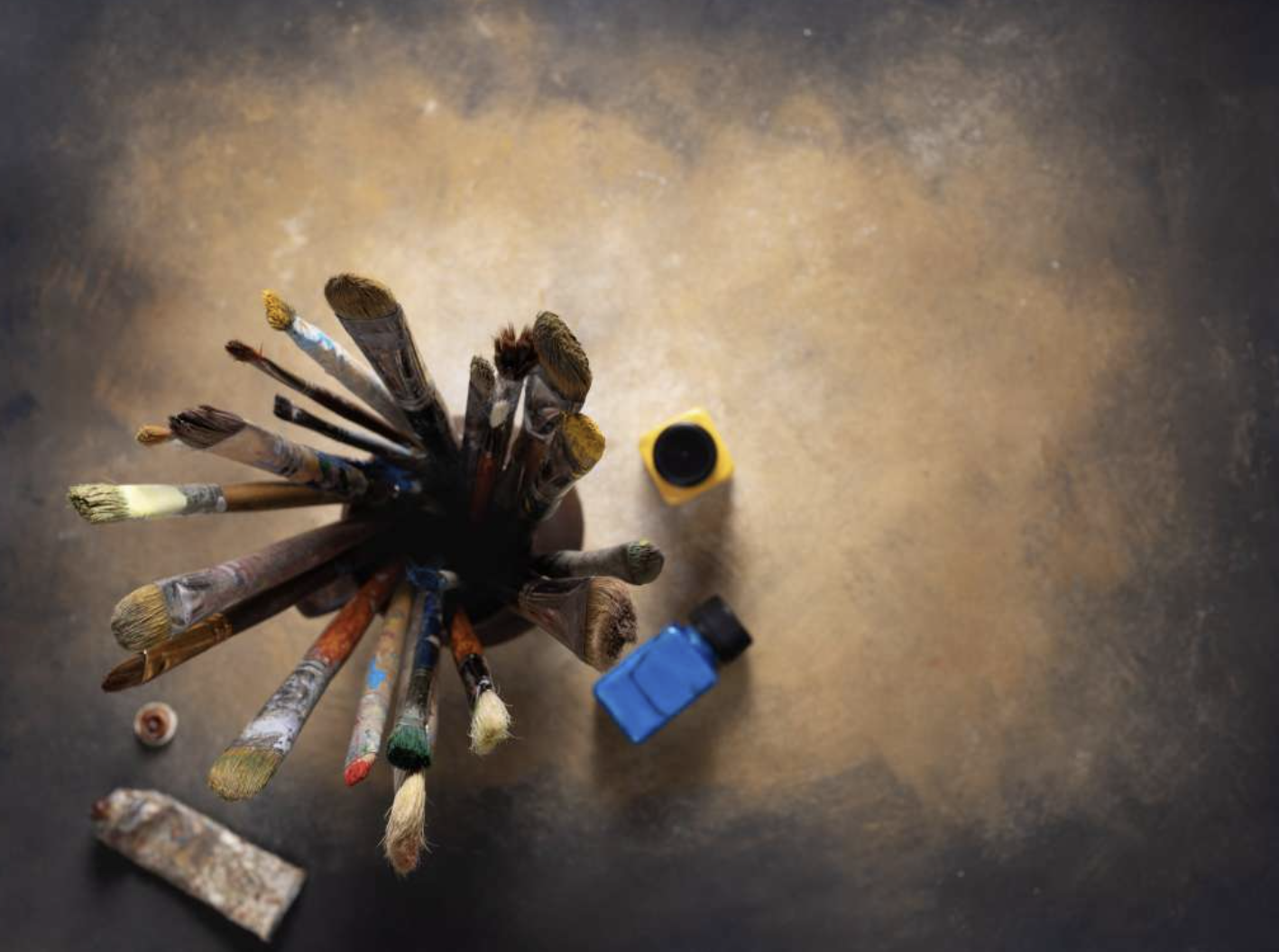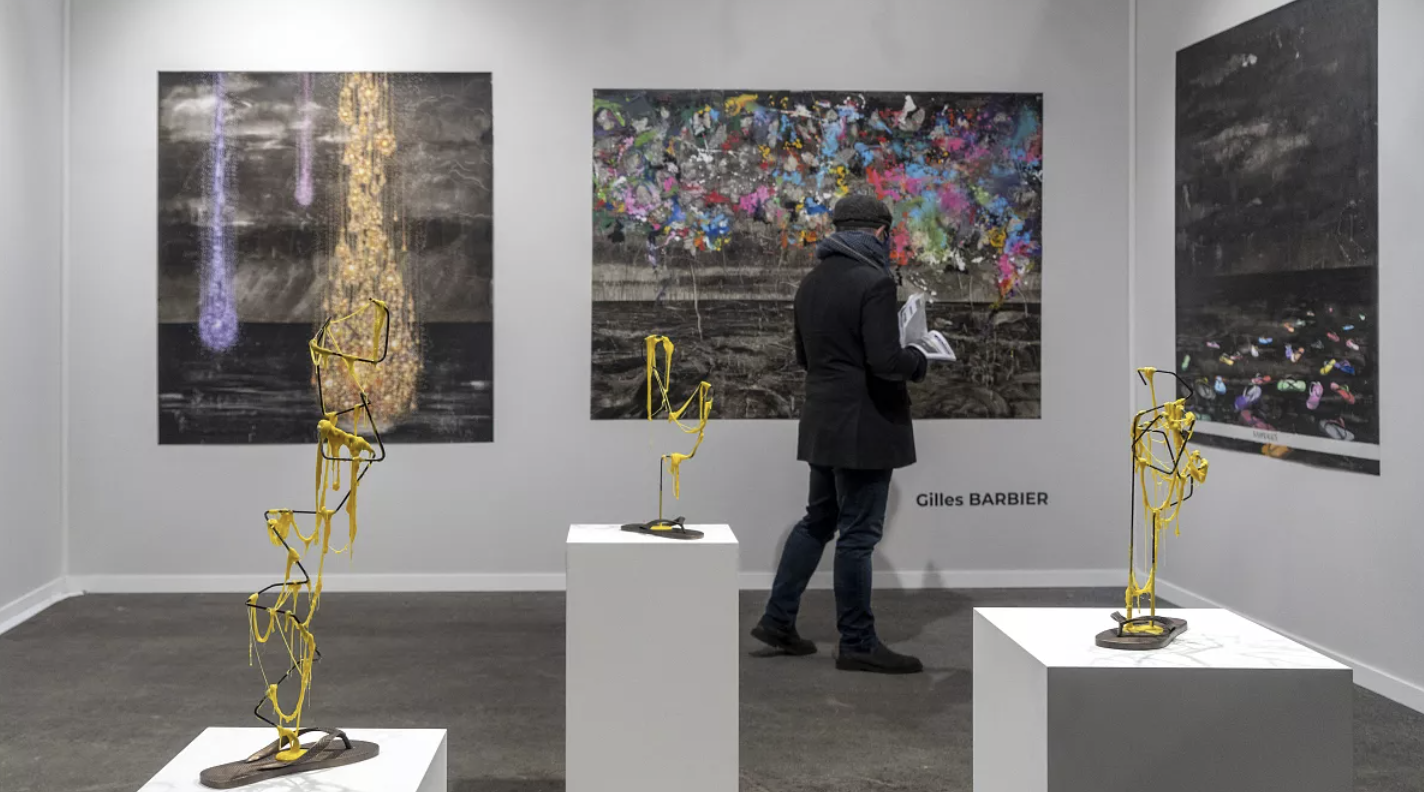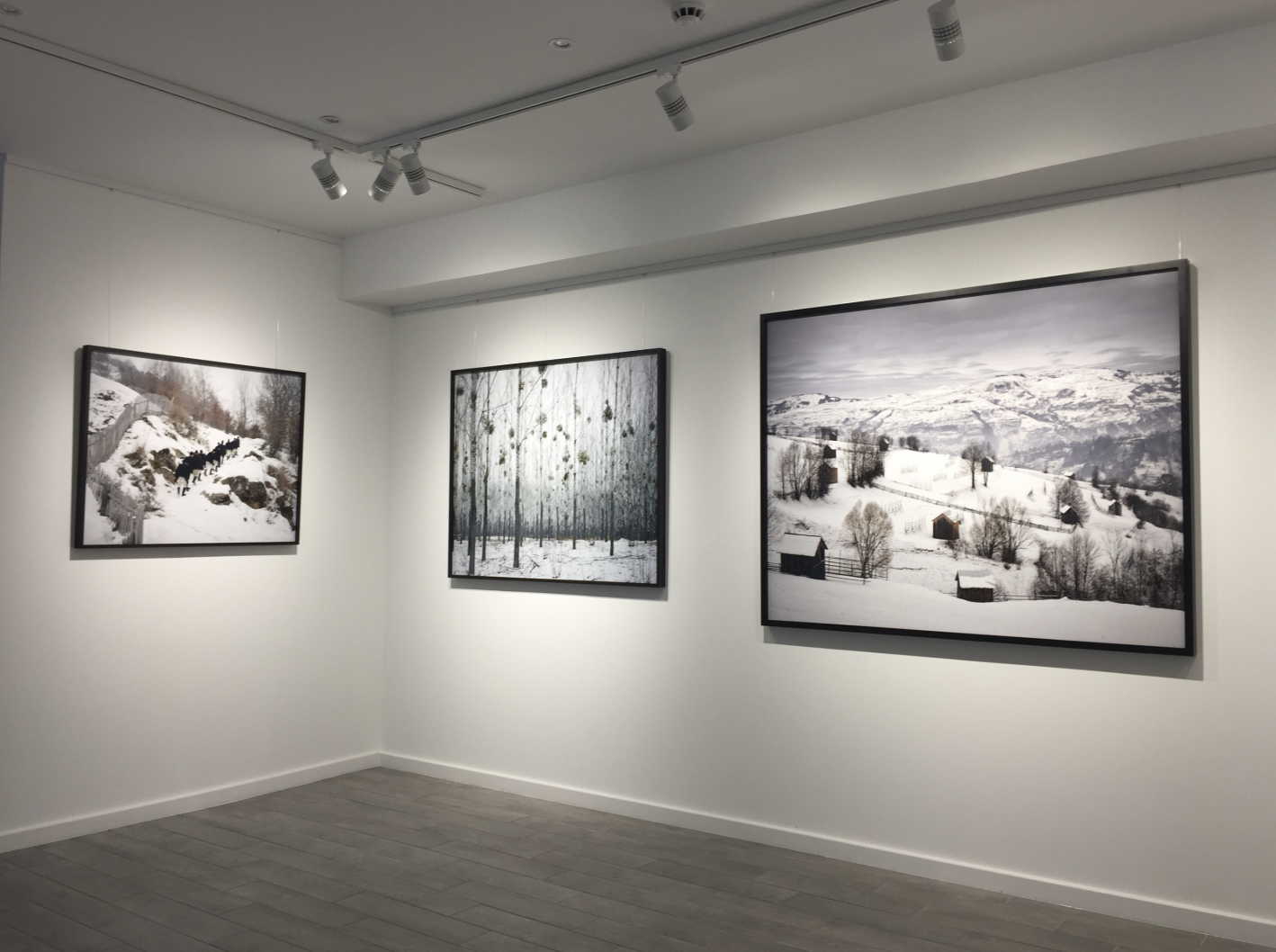
Starting an art collection can be an exciting yet overwhelming process, especially for those new to the world of fine art. From evaluating quality to establishing a budget, there are many factors to consider. This guide will walk you through the key steps to help you begin your journey as an art collector.
Researching and Purchasing Art
Finding places to purchase fine art is fairly easy, with many options available to collectors. A great first step is to conduct some research online. Virtual galleries are a convenient way to view and buy art from the comfort of your own home. You can also visit artist studios, galleries, and exhibition spaces, which can be great resources for discovering local artists and unique pieces. Although art auctions are an option, they are generally best suited for those with more experience and can be quite expensive.
When buying art online, it’s important to choose a reputable gallery that ensures secure transactions and transparent services. While many online art platforms exist, only a few have built a reputation for being trustworthy. A quick search for “buy art online” will help you find reliable websites, but always make sure you’re purchasing from a site known for its integrity.
How to Evaluate the Quality of Artwork
One of the most critical steps when starting a collection is learning how to evaluate the quality of a piece. There’s no single formula for assessing art, but the key is to educate yourself and seek the guidance of experts early on. Over time, with more experience, you’ll develop the ability to assess the quality of paintings, sculptures, and photographs on your own. Reputable websites and galleries often rigorously select pieces for sale, providing a good starting point for beginners.
Remember, when beginning your collection, it’s important to focus on quality rather than quantity. Building a meaningful art collection is a gradual process, so take your time and invest in pieces that resonate with you.
Establishing a Budget for Art Purchases
Gone are the days when buying fine art was reserved only for the elite. Contemporary art is much more accessible, with options available across a wide price range. You don’t need to spend a fortune to start collecting art—works can be purchased for a few hundred euros, depending on your budget and the type of art you’re interested in.
Finding Affordable Art and Smart Investment Opportunities
Not all art pieces come with a hefty price tag. Limited edition prints, drawings, and paintings are a great way to begin your collection at a lower price point. Because these works are part of a numbered series, they often carry more value over time.
Another strategy is to look for emerging artists whose works are more affordable but may appreciate in value as their careers progress. Investing in these artists early on could lead to significant returns in the future if their popularity grows.
Evolving as an Art Collector
Collecting art is a skill that improves with time and experience. As you immerse yourself in the art world, you’ll develop a sharper eye and better instincts for identifying pieces that will be valuable additions to your collection. It’s important to stay updated on the latest art trends and keep an eye on emerging artists whose works are gaining attention.
Reports like the annual Hiscox Art Market report provide valuable insights into the online art market, summarizing the latest trends and developments. Reading these reports can help you stay informed and make smarter investment decisions.
Displaying and Protecting Your Art Collection
Once you’ve started collecting, it’s essential to manage and protect your artwork properly. Creating an inventory system is crucial to track details like the artist’s name, the piece’s title, the purchase price, and any relevant certificates or documentation.
Proper storage and conservation are vital to maintaining the integrity of your collection, particularly if you intend to sell pieces in the future. Ensure that your artworks are stored in a stable environment, away from humidity and temperature fluctuations. Protect them from dust and excessive light, both of which can damage the pieces over time.
Insurance for High-Value Art
For more valuable pieces, it’s worth considering insurance to protect against theft, damage, or loss. Weigh the pros and cons of insuring your artwork based on its value and the risks involved. The right insurance policy can give you peace of mind as your collection grows.
Conclusion
Collecting fine art is a rewarding journey that requires patience, research, and dedication. By starting with a solid understanding of the process and taking steps to educate yourself, you can begin building a collection that brings you joy and potentially even financial gain. Keep learning, stay informed, and enjoy the world of art as you discover new works and artists along the way.



